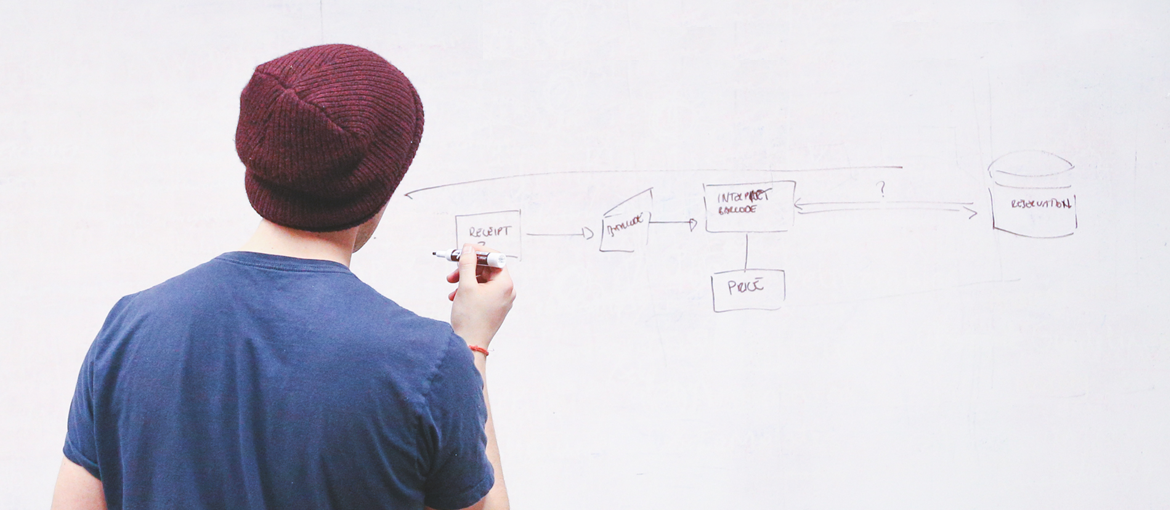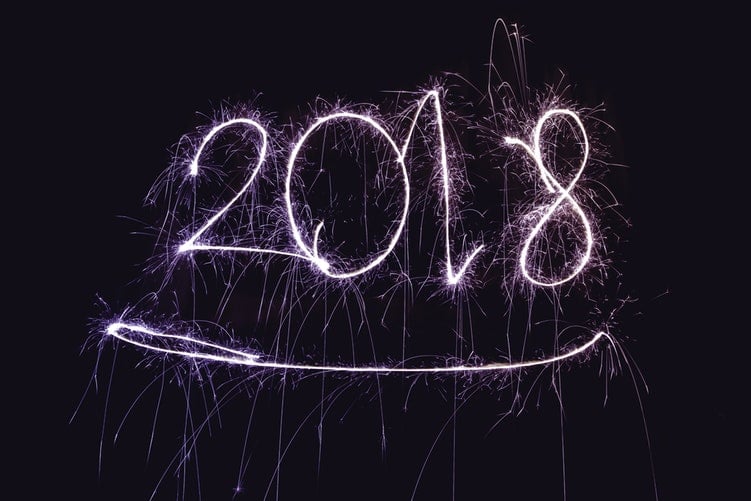Table of Contents
As already outlined in the “Beating Creative Block” article recently posted on this blog, creativity is a tough beast to tame. While the world may thrive on ideas – today more so than ever – coming up with these ideas (regularly and consistently) is a major challenge.
How, then, can we stimulate lateral thinking? There’s one answer that will always be true: be inspired!
Look to user-generated content, forums, social media and so on: the web is a vast source of information, content and new ideas which can be applied to work or daily life. With this great, often chaotic, abundance comes the challenge of sifting through everything to find exactly what you need.
And that’s where trends come in: patterns that paint the bigger picture of what’s likely to happen at a given moment in the future. This article will look at something that’s important for the success of your business and projects in 2018: in other words, three digital trends (and, where possible, some very interesting related technologies) that could be very valuable in stimulating your professional creativity through a few useful tips.
Let’s get the show on the road. Ready?
Trend #1: Visual Intelligence
Increasingly, people are communicating with each other through content in image format. First, it was Pinterest and Vine, now it’s Instagram (to name the most popular). But these are just the tip of the iceberg, as well as an indicator of how things are evolving.
Which brings us to an important syntactic and semantic change: we’re moving away from textual language and words towards visual language and images. The global explosion of emojis – which some experts in linguistics have been quick to call the first letters of a universal alphabet – speaks volumes. We’re communicating through images (often without even realising it), both with each other and with brands and companies, and increasingly the latter hear from us through visual content that we post on social media.
Talkwalker is a leading solution in image-recognition technology, which is itself the basis of Visual intelligence activities. Try it to discover if and how customers use your logo to contextualise and “experience” it online.

Trend #2: Story Listening
In describing the second trend, I’m going to make extensive use of the words of friend and colleague Francesco Gavatorta, an expert in storytelling and narrative techniques and co-author of a book exploring the evolution of content and the new era in digital marketing. And I’ll start with an enigmatic sentence.
Behind the user-generated content cited in trend #1 are stories.
What does this mean? Simple: by “story listening”, I don’t mean just monitoring online conversations – or tracking and analysing user-generated content relating to a specific entity and/or subject. I’m talking about something deeper. There are in fact several theories which claim that learning is made possible by a translation process whereby our brain turns everything that we see into narratives, or stories.
2018 will be an even more “narrative” year. The #2 emerging trend in communication and marketing poses the question: how can we analyse the stories that lie behind user-generated content on the Internet?
Undoubtedly through semantic analysis that allows us to scratch beneath the surface of words.
Protagonist.io is an analysis tool that uses machine learning, natural language processing and expert analysts to identify narrative threads based on user-generated content online. In other words, to find the “narrative constants” that tie together the conversations people have online about you and/or your business. Only in this way can you design communications that are relevant rather than product-centric, an approach that is now obsolete and totally ineffective. Makes a nice change compared to only a few years back, doesn’t it?
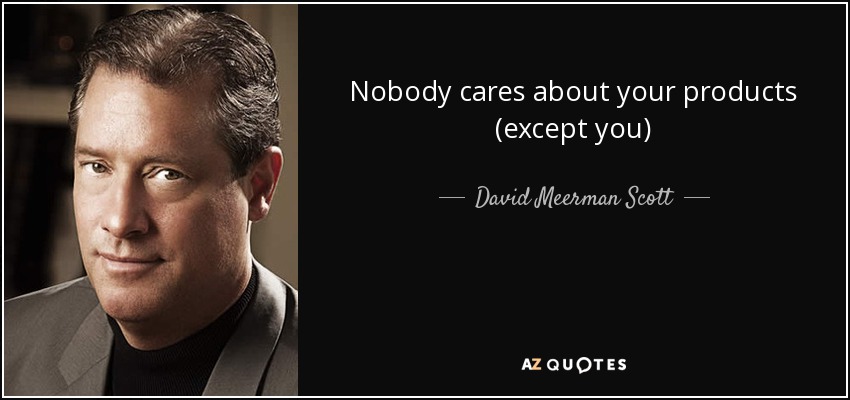
Trend #3: Social Packaging (and beyond)
For some time now, communication has no longer been able to afford to be passive. It must now be proactive, designed from the outset to be a powerful meme, one that encourages word-of-mouth communication and virality. This also applies to communication tools which, at first glance, seem far-removed from social media dynamics, like the packaging.
Nutella and Coca-Cola were among the first brands to understand this.
As you may have guessed, I’m talking about packaging that stimulates interaction – and not just of the digital kind – through its design. Other brands have followed in their wake, such as Barilla.
Packaging is a communication tool that can be turned into an intrinsic social meme by design. Today, everything must be designed in this way, must be able to stimulate (and, if possible, lead) people’s conversations right from the design phase. Whether digital or not, it makes little difference: what matters is the underlying logic. Which might be the use of reviews and feedback to inform design.
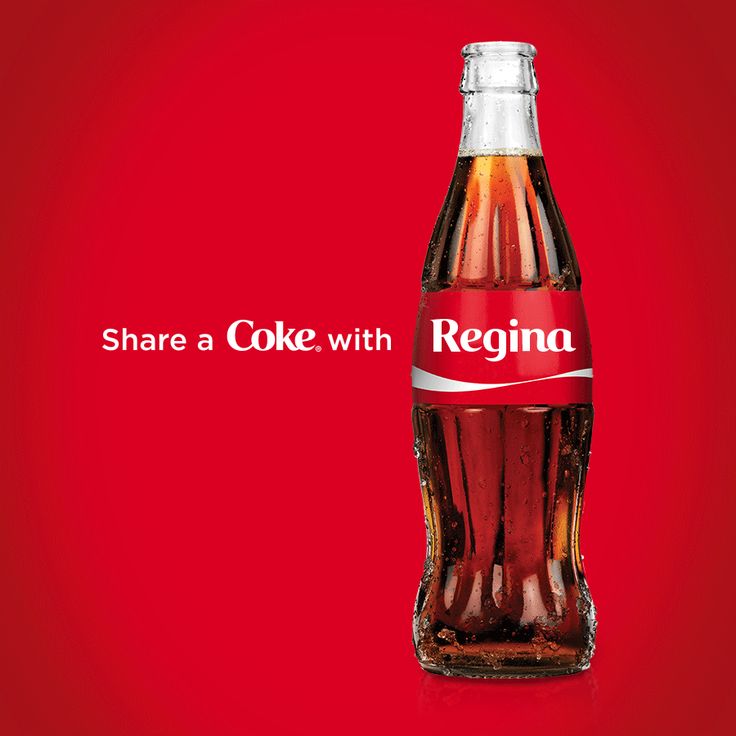
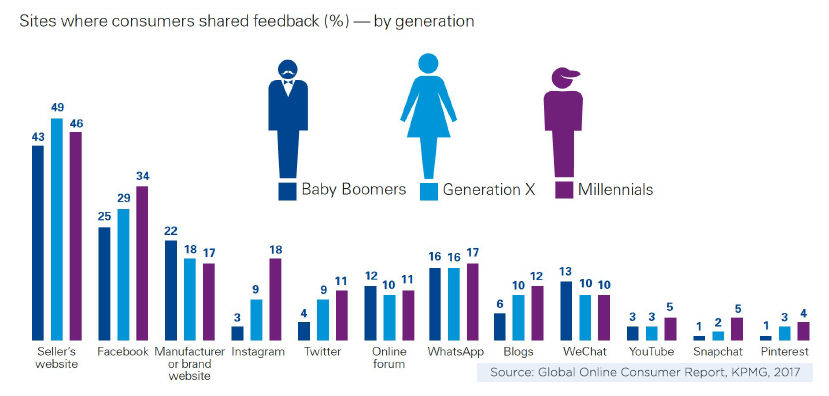
Trends and their creative applications
And now, the last major leap: how do you apply these trends to your everyday work?
The first and most important take-away from this article is that context matters, a lot: it’s no coincidence that today there’s much talk of the shift from content marketing to context marketing. Understanding how a logo is contextualised in online discussions and/or identifying narrative patterns underlying user-generated content on the Internet is fundamental to rethinking the brand world that we want to represent/portray. This process generates design – or re-design – variables for logos and graphic assets. For example, if in-depth analysis revealed that a specific logo was contextualised within graphic content relating to travel – not necessarily business – the logo itself could be re-designed in terms of colour, font (with the help of traditional font-design guidelines) and logotype to match that theme. And the same would go for every other communication element or tool!
The second take-away concerns another important shift in communication artefacts, which must become ever more open and social. Making space for people’s input, playing with them, “listening” (and, if possible, anticipating) their stories will involve them in yours. As I explained in the post “Can customer experience and creativity coexist? NO! Oh wait, actually, yes”:
“Digital media and technological innovation have allowed the creation of digital artefacts that perfectly combine a creative touch with awareness of the customer experience.”
Atom Bank and Google are a couple of examples I’ve recently used to underline the growing relevance of brands that build their creativity keeping an eye on the overall experience of consumers interacting with the brand itself.
I hope that this look at a few trends for 2018 has opened your eyes to how digital tools, creativity and communication are related. Today, it’s not just the environment we live in that is ‘social’, our whole mindset must be ‘social’ too.
Ready? Good luck!

